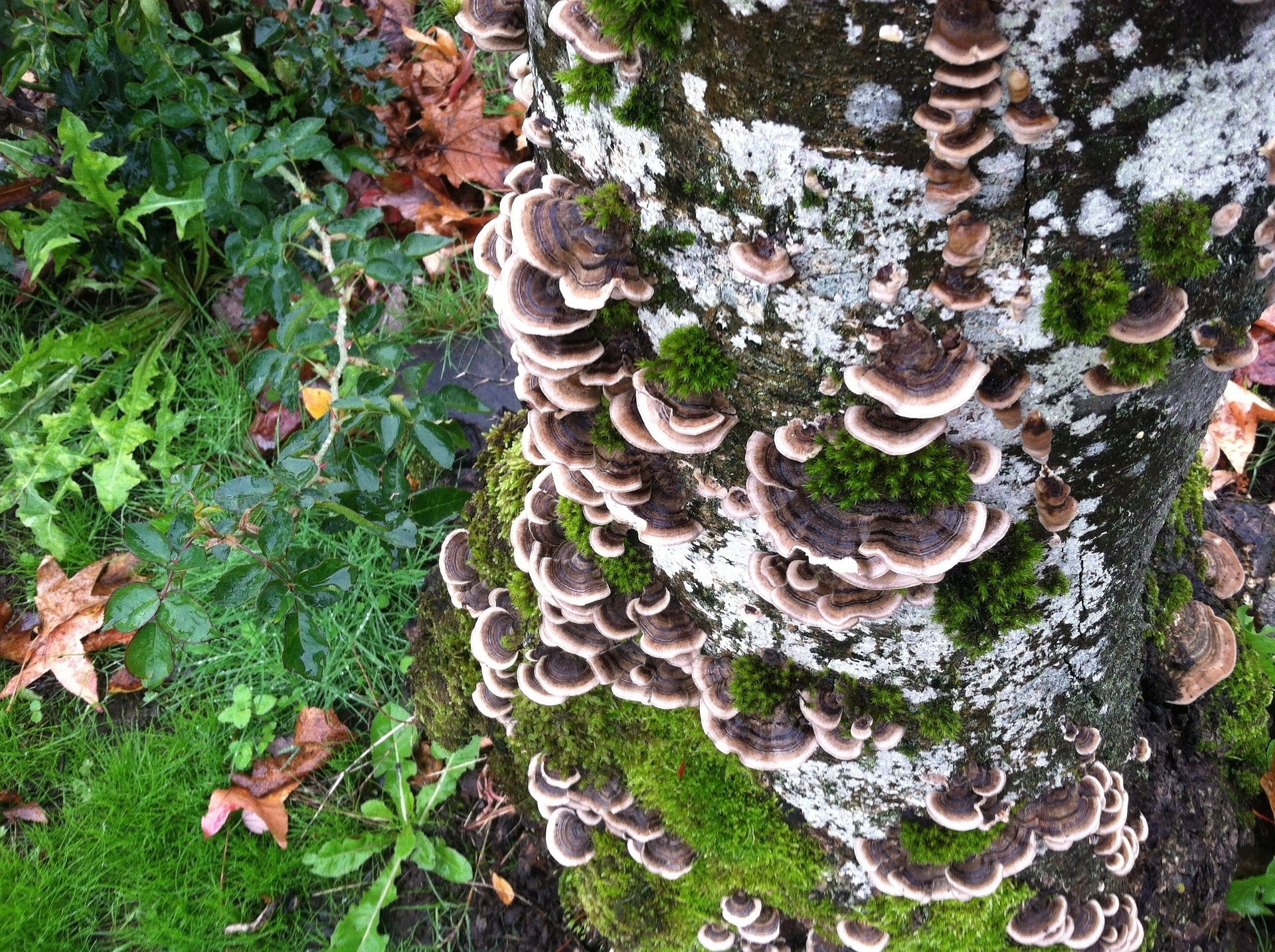Few medicinal mushrooms are as strange as the Cordyceps: it's the master of life and death. In people, its properties include anti-aging effects, boosted athletic performance, blood sugar control, improved heart health, and reduced inflammation.However, to insects, it's a terrifying fungus. In the wild, its spores take control of an insect, hack into its nervous system, and direct it to the highest point in the local area. Once reached, the insect dies as a mushroom sprouts from its head. (As I said, terrifying.)







